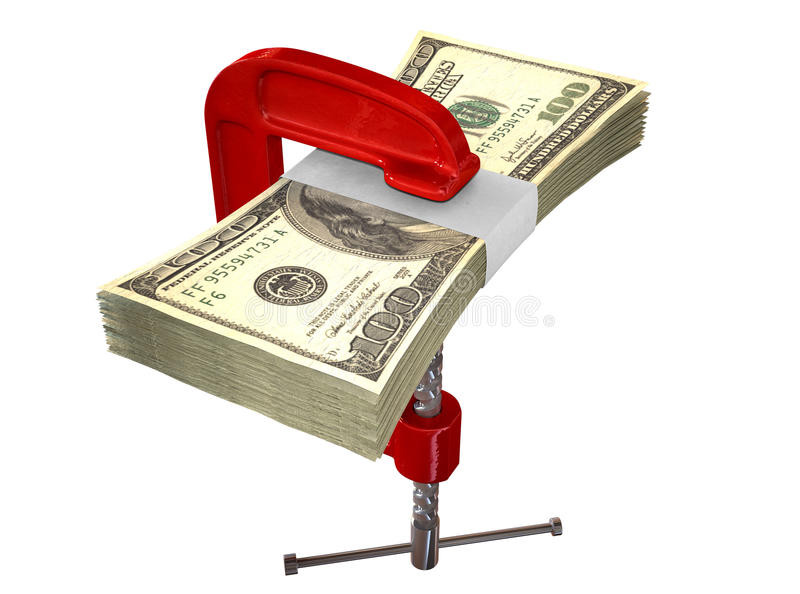
Last week became a tough week for the greenback as it weighed between a marked weakening and impulsive growth attempts, which at times were successful. Experts believe that in the near future, the greenback will reach relative equilibrium.
For a long time, the greenback yields between the unprecedented actions of the Fed in providing for the infusion of $2.2 trillion into the economy, and the rapidly sinking American labor market. Cheaper dollar contributed to a sharp increase in unemployment in the United States, and last week, 6.6 million Americans filed applications for unemployment benefits. According to analysts, this is 1.1 million more than the expected result. Current reports state that over the past three weeks, about 16.7 million US citizens have been unemployed.
This week opens another fateful week for the US economy report on applications for unemployment benefits which should demonstrate the dynamics of the labor market in the United States for a week. However, experts suggested not to settle with this report as they predict the next subsidence of the American labor market and the emergence of an additional 4.6-4.7 million applications for unemployment benefits. As a result, analysts warn that the total number of unemployment in the last month can reach 22 million.
The massive spread of the COVID-19 pandemic remains the main cause of the economic collapse in the United States and around the world, which is followed by a huge plume of deaths. To minimize the negative consequences for the American economy, the Fed implemented an additional program worth $2.3 trillion to support medium-sized businesses. In addition, the regulator allocated about $600 billion to help small businesses as part of the Main Street Lending Program, and also provided $850 billion for the repurchase of corporate securities in stock markets. The total amount of funds used by the US Central Bank and approved by the US Congress reaches $454 billion. This includes financial assistance to small and medium-sized businesses, federal and local governments, as well as those sectors of the financial markets that are most at risk.
The current situation has a contradictory effect on the dollar. The measures taken have weakened it due to the excessive injections into the country's economy, and at the same time, strengthened the role of the greenback as a protective asset that may attract the investors. Last Friday, April 10, the EUR / USD pair showed extremely low volatility, falling to 33 points per day. On Monday, April 13, experts expect an increase in volatility in the pair and the achievement of the target level of 1.1000. Currently, the tandem is trading near 1.0959–1.0960, rising sharply after a relaxed weekend amid the celebration of Catholic Easter.
According to experts, the greenback continues to experience pressure from both the Fed and the national labor market. Analysts said that the ordeal on the unemployment still pressures the greenback, threatening to finally bring down the already very low purchasing power of the population as well as posing a threat of collapse for the greenback itself, which is struggling to withstand the negative consequences of the coronavirus pandemic.





















